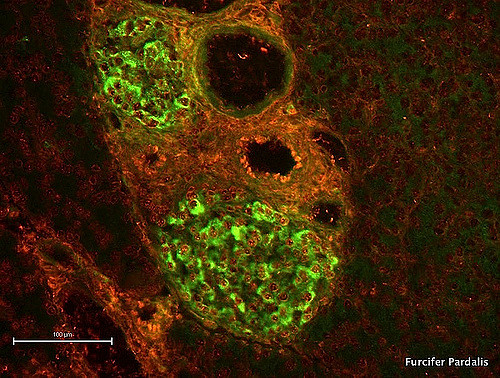Those who suffer from type 1 and type 2 diabetes know that insulin treatments are a daily torturous routine and not a permanent solution to the problem. The problem with type 1 diabetes is that 99% of natural insulin producing beta cells (cells that make insulin) in the pancreas are destroyed due to genetic reasons, thus causing the inability to produce insulin for blood sugar regulation. In contrast, type 2 diabetes is an acquired disease largely due to dietary reasons. Like type 1 diabetes, type 2 diabetes also involves a reduction in number of beta cells, around 50-60%, enough to cause the same symptoms as type 1. When left untreated, diabetes can manifest light symptoms—such as increased thirst, higher urination frequency, fatigue, and tingling pain in hands and feet—to more serious consequences like organ damage. Poorly regulated diabetes may even cause a stroke or other cardiovascular diseases. Despite a staggering 29 million Americans and 380 million people worldwide with diabetes, the main treatment option is still through temporary daily insulin injections to keep blood sugar levels within a safe range.
Image Source: Peter Dazely
However, recent research in diabetes treatment has stumbled upon a possible solution!
Published in Nature, a chemical screen of 100,000 potential chemicals conducted in the research found that harmine-mediated inhibition of DYRK1A, a gene that regulates a pathway for cell proliferation, results in an induced beta cell proliferation. In simpler terms, the chemical harmine found in the South American Ayuhuasca vine can make beta cells regrow! The Ayuhuasca vine, typically found in the Amazon rain forest, is a known psychedelic because it contains Dimethyltryptamine (DMT). If the scientists can manage to purify harmine from the plant and remove the DMT, and therefore also remove its psychedelic effects to fit FDA regulations, then the potential for drug development for diabetes may be a real possibility. In addition, the scientists are trying to figure out chemical analogs (chemicals with a similar chemical structure) of harmine to make it more specific to human beta cells and increase its potency. Once discovered, the new chemical will be able to treat the root of diabetes itself instead of merely dealing with its symptoms.
Feature Image Source: Immunohistology double colors Pancreatic Beta cells by Furcifer pardalis










